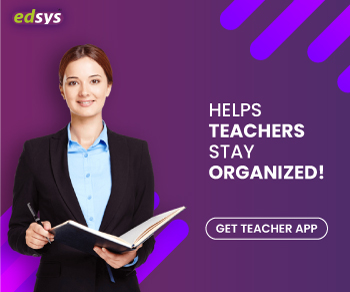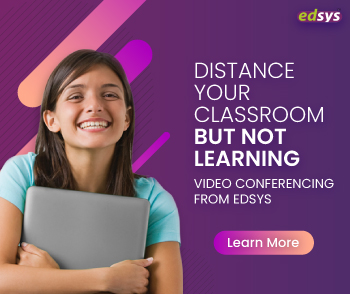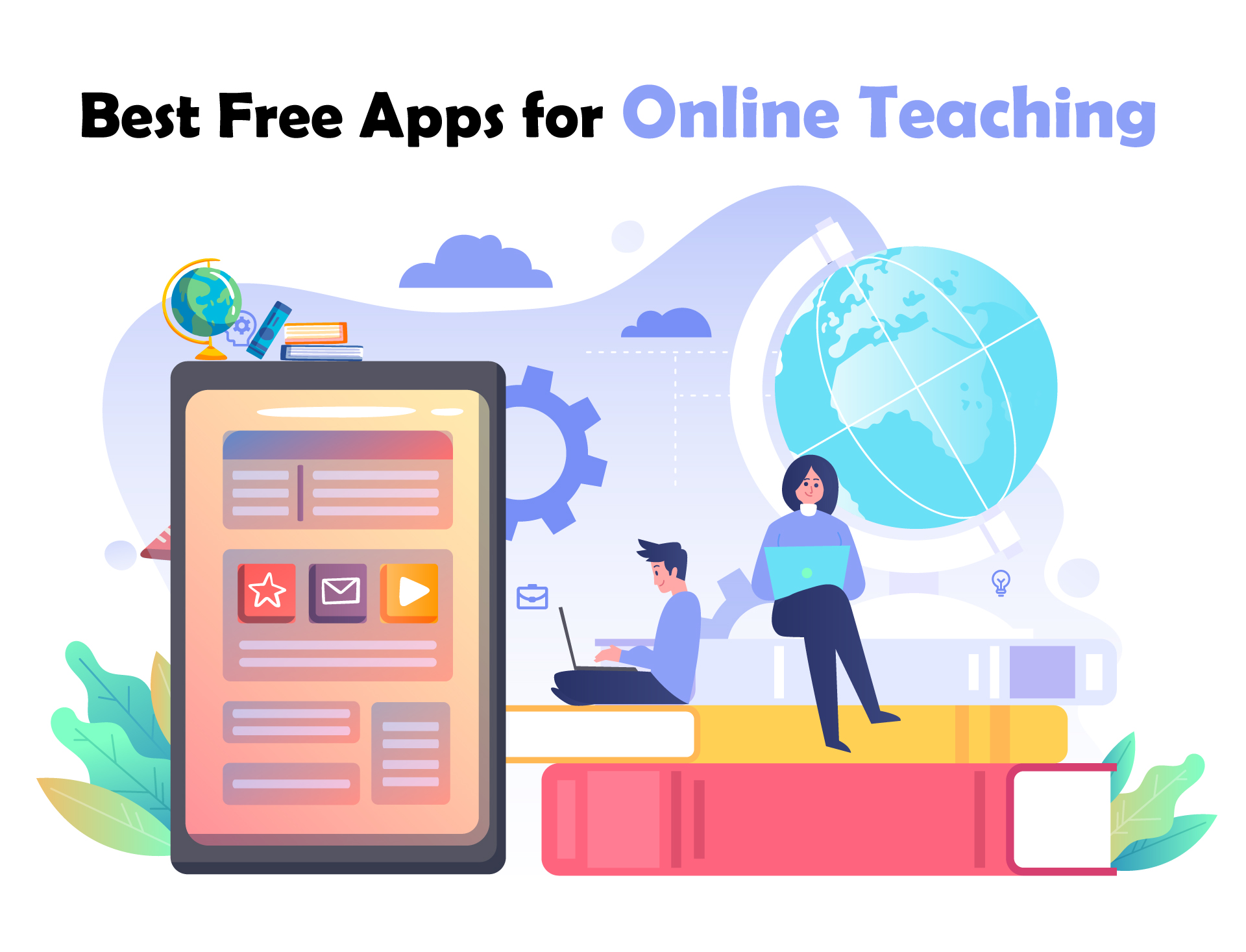Categories(658 Blogs)
Select Category
Watch Right Now
Teacher App - Class
Schedule & Attendance Management App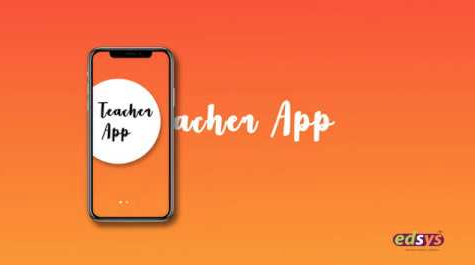
Parent App from Edsys

Best School Bus Tracking System
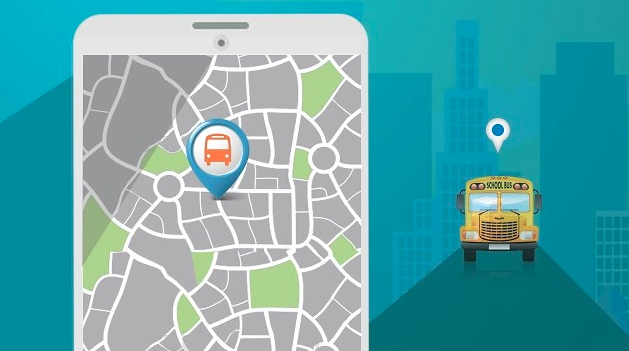
Cashless School - For Smart Schools of Tomorrow


What is Distance Learning: What are it’s Benefits?
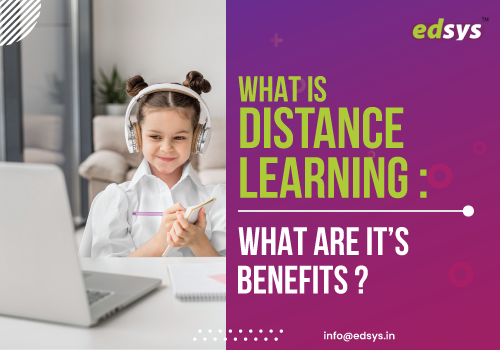
Distance learning as the term suggests is the process of learning from a remote distance. This happens when one cannot physically be present in a classroom or any other environment where teaching happens. The study material is reached to the student by different means.
Get Best Free Art Learning Apps (Check it Now)
Distance learning, in the former days, was mainly by correspondence through postal services. With the advent of technology, distance learning encompasses a wider spectrum of online tutoring, virtual classrooms and audio-video presentations.
Distance Learning
Education from a distance is a non-traditional method of learning wherein the providers deliver education to students in distant areas in understandable formats. This method offers students, who cannot attend on-campus centers of education like schools and colleges, an opportunity to pursue learning of their choice.+
Home-bound obligations, lack of transportation from remote localities, the affordability of course fees, and boarding expenses are the major reasons for opting for distance education courses. The paucity of time for full-time employees to attend structured classes prompts them to take up distance learning.
Correspondence Education
Distance education was a concept started by many universities mainly for higher education. They were termed as correspondence courses.
The pre-set course material was sent to the student by postal services. The teachers and students never met and the student learned on their own. On completion of the course, the assignments were mailed back to the teachers for grading.
A couple of contact classes were conducted during the prescribed academic session at places accessible to the students.
This ensured the involvement of the student in the learning process. Examinations were conducted at various locations convenient to the students.
The correspondence method gave aspiring students access to education immaterial of their locations.
This system benefitted young students living in remote areas with little or no facility for higher education.
Adults who were already employed and wanted to improve their knowledge, acquire academic credentials, and augment their existing skills were the main takers of correspondence courses.
Online Education
In today’s scenario online education has become synonymous with distance education. The development of technology has virtually shortened distances and increased the speed of activities. Education is one field which has benefitted greatly from this. In this age online education is the most preferred mode of distance education.
Online education comes under various classifications like E-learning, online tutoring, virtual classrooms, real-time off-campus sessions, interactive platforms, video conferencing, webinars etc. All this refers to lessons taken through electronic medium mainly the internet.
Students who have access to computers can pursue learning via the internet and web services. Online programs offer courses and accredited degrees from universities from all around the world. The students can learn from the comfort of their residences and at their convenience.
Adults who are employed and want to further educate themselves benefit from online courses. This eliminates the need to leave work and be present on-campus. It is ideal for those who want to upgrade their skills to change careers.
In online education, the students registered under a program receive the lessons online.
The lessons may be delivered by the tutor in audio or video formats accompanied by written matter. In an audio system, the lessons are recorded in audible formats that can be listened to by the student. The matter is explained in detail by the tutor. For further clarification, the student will have to contact the teacher through emails or other electronic media.
A video format is wherein the tutor lectures in real-time. A virtual classroom is created by the tutor.
In this system, the student can communicate with the tutor and his fellow classmates when the session is on. This allows for interaction and discussion with peers.
In conference classes, the students and teachers can engage in live discussions despite the distance. The students can communicate one to one to the tutor or other students. Coursework is done online and submitted. This makes assessment quicker and easier for the evaluator.
The online educational tools available help the teachers save time in preparation for lessons. Advanced graphics aid in demonstrating principles and concepts in pictorial formats with ease. Assessment and grading become simpler. The teacher will find more time for a one on one interaction with the students.
The student can access and refer to different websites related to his topic of interest. This will give him a wider perspective and help him in arriving at logical conclusions. The student can store information online instead of manually writing down everything. This saves him time and money. He can concentrate his efforts on topics that matter.
Also Read: 15 Virtual Classroom Technology and Apps
Online courses need not be confined to academics alone. People who would like to take up hobbies for relaxation will find online courses to their advantage. The courses can be completed as and when time permits as there is no structured classroom or specified time limits.
Benefits of Studying Remotely
Accessibility
Students can study their preferred courses offered by universities from around the world. This allows access of top universities to the student without having to be present on the campus. The deterrents of distance, location, costs and other circumstances in studying in these universities are overcome by opting for distance education.
The online courses are easily accessible to students who are home-bound by limitations of location, family duties, and constraints of health, finance and distances. This method makes education possible for very many who could not otherwise gain access to studies. Remote learning provides equal opportunity to all to access quality education.
Wider choice
The students get to see the numerous courses offered by the various universities and institutions. They are exposed to a plethora of courses on different subjects ranging from simple graduation to specialized doctoral degrees. This exposure will help them to make an educated decision on the course they need to take to suit their specific requirements.
There is no limit to the number of courses a student can do. They can undertake the study of more than one course simultaneously as long as they can do justice to all of them. The student can acquire degrees from any university in the world.
Anywhere, Anytime
The online courses can be done from any location with internet connectivity. The courses opted for can be from institutions anywhere in the world. The courses can be done at any time suitable to the student as there is no fixed timetable to be followed.
The flexibility of timing helps adults who are employed full-time and have constraints to attend classes in person. The anytime feature of online courses suit housewives wanting to acquire new skills. Students wanting to pursue hobbies can take up courses after their school or college timings.
The courses can be completed at one’s own pace. One can take time to mull over a concept until it is fully grasped. If time and understanding permits, the courses can be completed at a faster pace.
The student can sit in any place that suits him for the learning sessions. Time taken to commute to and from learning centers is saved.
Convenience
A major benefit of distance education is learning from the comfort of one’s chosen environment. Learning from one’s own home with flexibility in timing puts the student at ease and more receptive. The virtual classrooms allow interaction with the teachers and classmates making the learning experience more fulfilling.
One can study along with doing a job. Studies can be done on weekends or during other off-times. Employers encourage employees to take up courses to develop their expertise and skills.
Also Read:14 Best Virtual Teaching Tips for Teachers
Expenses
The affordability factor is another major benefit. The course fees for distance education programs are normally lower than that of on-campus courses.
The course fee in different educational institutions can be compared. The time and expense involved in transportation to campuses are reduced. Relocation to distant destinations and boarding costs can be done away with in distance education. The student can select the program depending on his financial capability.
Requisites to Distance Education
Discipline
Educating one-self distantly requires a high order of discipline and time management skills. Distance education is more of a self-managed, self-study. Though guided by tutors there is no personal interaction with professors or peers. The onus is therefore on the student to complete the course successfully.
Comprehension
Distance learning through correspondence courses requires the student to read and understand the study material by himself with no guidance or interaction with the teachers. Hence it is highly essential that the student possesses an above-average comprehension of the language in which he selects to be tutored in.
Tech-savvy
The students need to have knowledge of computers, the internet, and other electronic media as most of the distance education programs are now taught online. They should be comfortable working in the ever-changing technological environment.
Get Best Free Art Learning Apps (Check it Now)
Drawbacks
As is any case distance education is not without shortcomings. The fact that there is no person to supervise and control will result in procrastination and distractions. Initial expenses to buy a computer and install the internet may prove high.
Malfunctioning of software or hardware will bring the classes to a standstill. The credibility of the degrees offered online and the quality of the faculty is the other questionable factors in online education. The lack of personal interaction affects networking among faculty and peers.
Recent Blogs
Our Educational Services
Popular Blogs
Subscribe

SUBSCRIBE TO OUR NEWSLETTER
Sign Up and Recieve the Latest News
Don’t Worry, We Don’t SpamExplore Our Extensive Researched Educational App Directory
Visit Now
